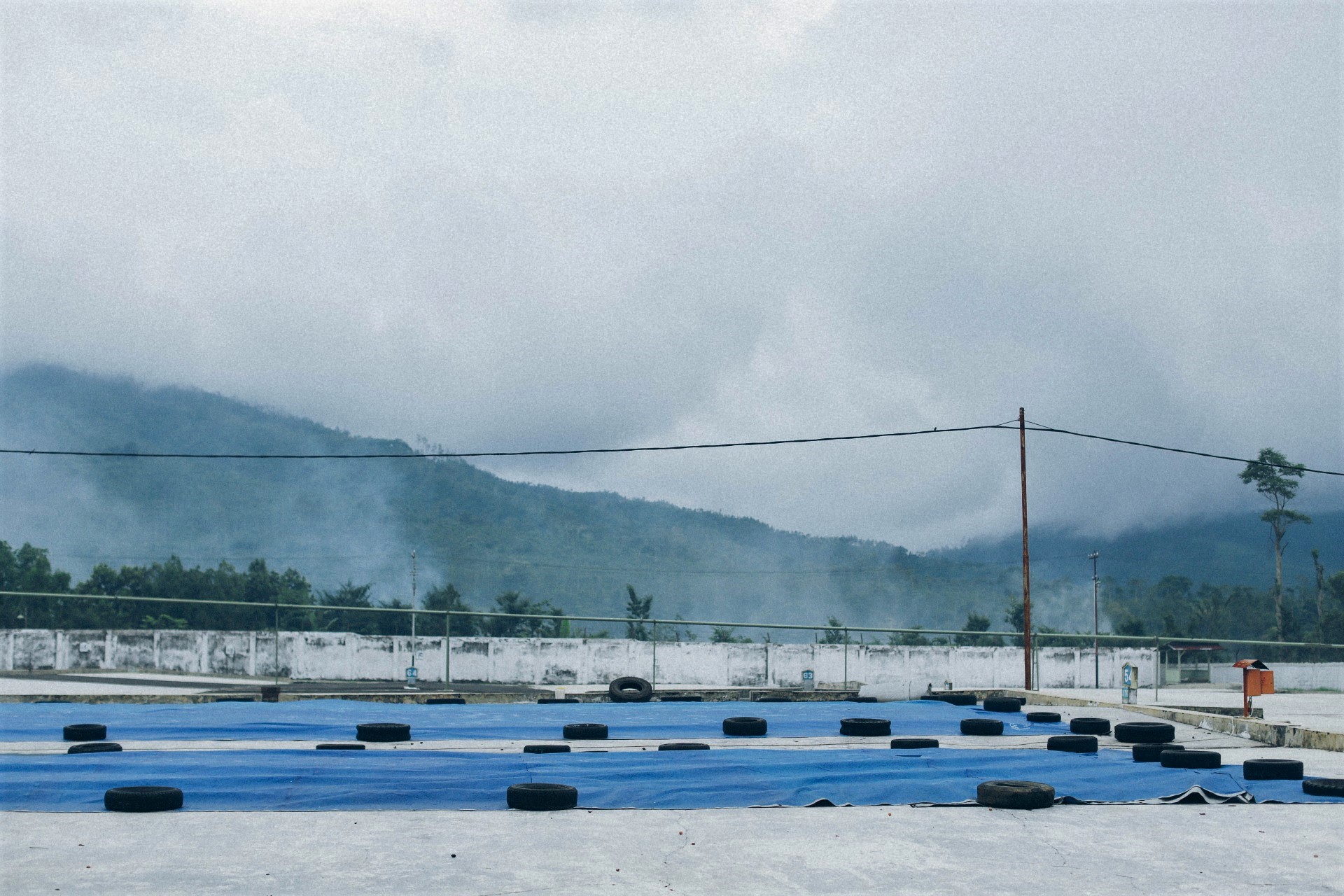Sumatra Brown Aged Mandheling Triple Picked Grainpro
Bags 0
Warehouses Shanghai
Out of stock
About this coffee
Grower
Smallholder farmers organized around PT Indokom Citra Persada
Altitude
1200 – 1700 masl
Variety
Tim-tim, catimor
Soil
Volcanic loam
Region
Aceh & North Sumatra Provinces, Sumatra, Indonesia
Process
Wet hulled and aged
Harvest
October - January | April - June
Certification
Conventional
Coffee Background
Aged Sumatras are prized for their thick, cakey mouthfeel and subtle earthy flavors. The process—whose profile was originally created by default over long sea journeys on Dutch trading ships, where the coffee naturally absorbed moisture and wisps of the spices elsewhere on board—seems remedial by description but is actually quite hard to do well. Aging coffee today is typically carried out in large nylon sacks carefully positioned in coastal warehouses to absorb moisture during the humid months, and shed it during the drier months. All without drying the coffee too much, or allowing it to mold. Some sellers of aged Sumatra will take multiple years to cure their coffees, drawing samples every few months to track the progression, like wine ageing in a barrel. The result, in the best scenarios, is a coffee whose acidity has been flattened, leaving a mouthcoating, saucy tactile, and whose brisk, savory and sweet flavors have all melded together in a satisfying, spicey and brothy balance. It’s a subtle coffee transformed, and nothing like an “old” coffee. Many roasters around the world consider aged Sumatras to be an otherworldly profile, and a craft to celebrate.
This coffee is a regional blend of smallholder farmers from the province of North Sumatra, surrounding the big and placid Lake Toba. Toba is a crater lake, considered the world’s deepest, and its origins are believed to have been 75,000 years ago in the aftermath of the largest volcanic eruption on geological record. The lake’s surrounding area is lined with plateaus of various elevations and is pastoral, humid, and cool. This part of Sumatra is less dense with coffee than Aceh, Sumatra’s northern tip. However, coffees from the Toba area—commonly referred to as Mandheling, or sometimes Lintong after its most famous district, or Batak, after the region’s dominant ethnicity—are known for some of the more buoyant and acid-defined coffees on the entire island. A nice complex terroir to start with when ageing green coffee.
Sumatra’s smallholder coffee is a complicated process. Notably, processing is typically not overseen by a single individual or team; instead, coffee moves task by task through different parties before reaching its final, fully dried, state. Coffee farms in North Sumatra average 0.5-2 hectares each. Every village typically has a collector (or more) who receives fresh-picked cherry for washed processing each day. Once a batch of coffee has been depulped, fermented overnight, washed clean, and then sun-dried to the touch, each collector delivers the batch to the cooperative’s central mill. It is at the mill where the coffee is mechanically hulled of its parchment, leaving behind just the soft, high-moisture coffee bean (thus earning the term “wet-hulled”), all of which is spread out on large patios to continue drying. Each handoff is orchestrated by members of a common producer group, and the members’ coffee is traced throughout each step of the chain.




